1945 5 cents Canada Mint Tolerance or ?
The metal seems to extend from the center of the coin towards the edge of the rim. Notice also to have two additional thickeness on the field observe and reverse..
Coin dia: average 23.00 mm
Coin Thk: average 1.74 mm
Weight 4.37 gr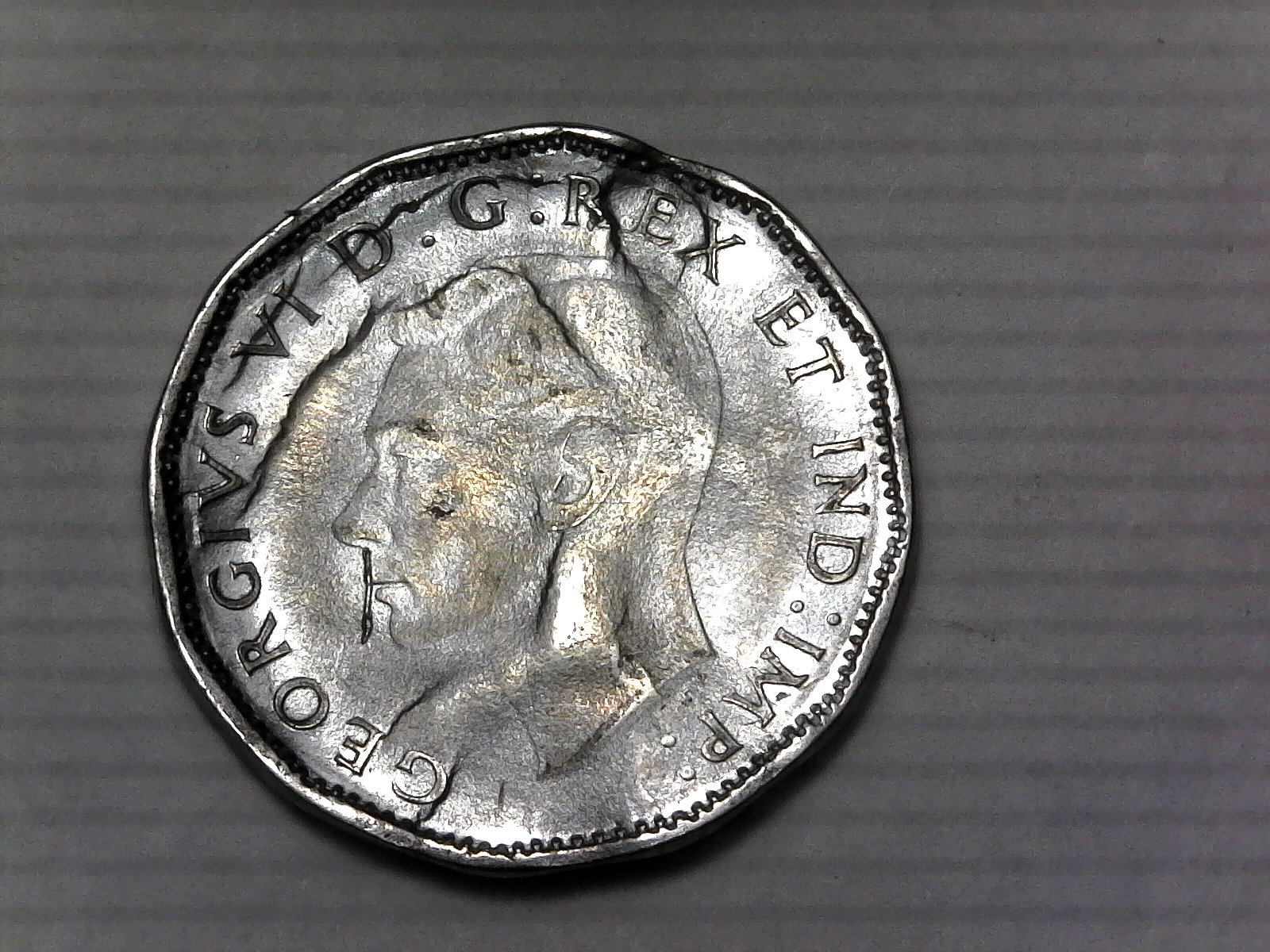
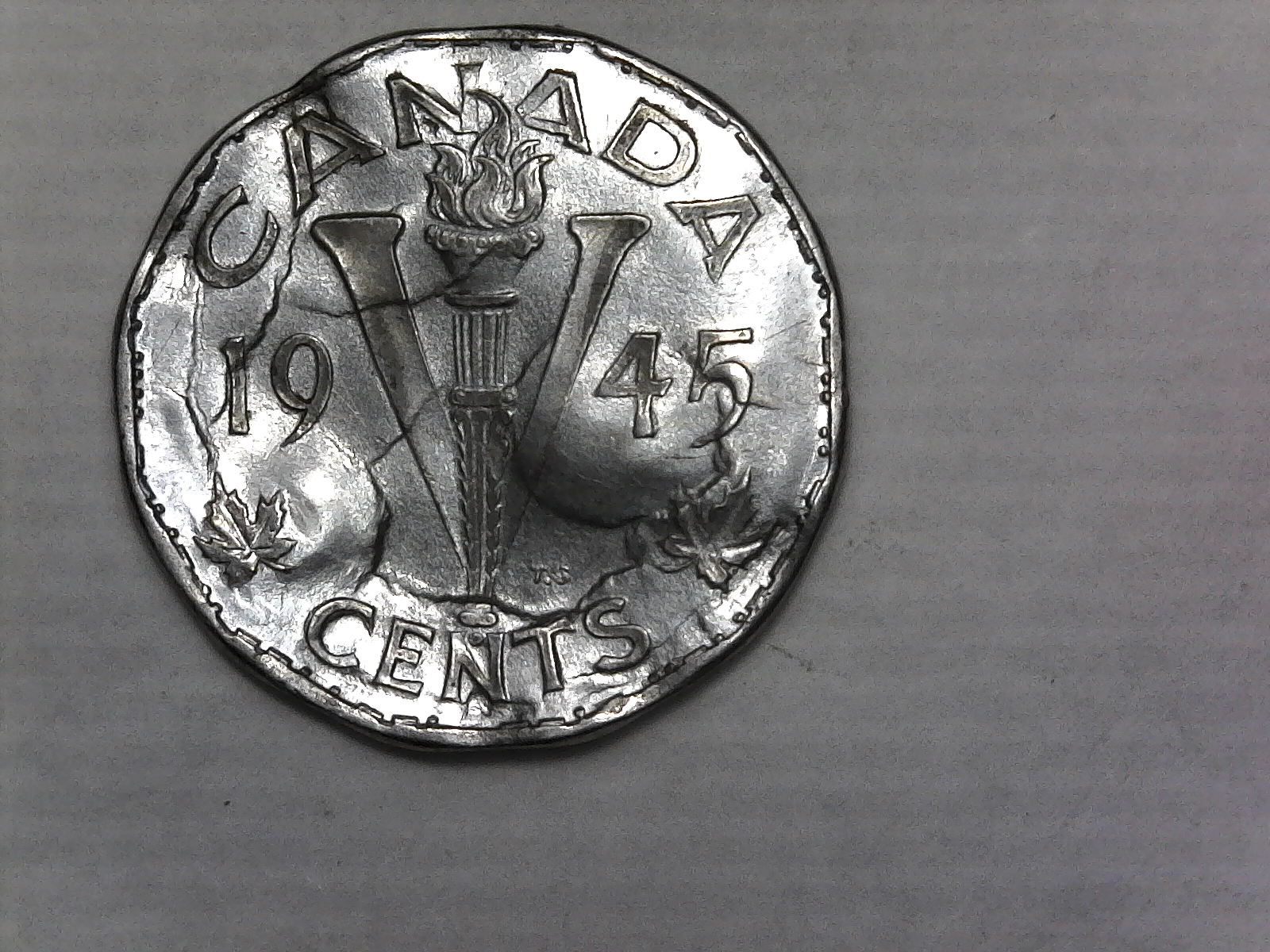
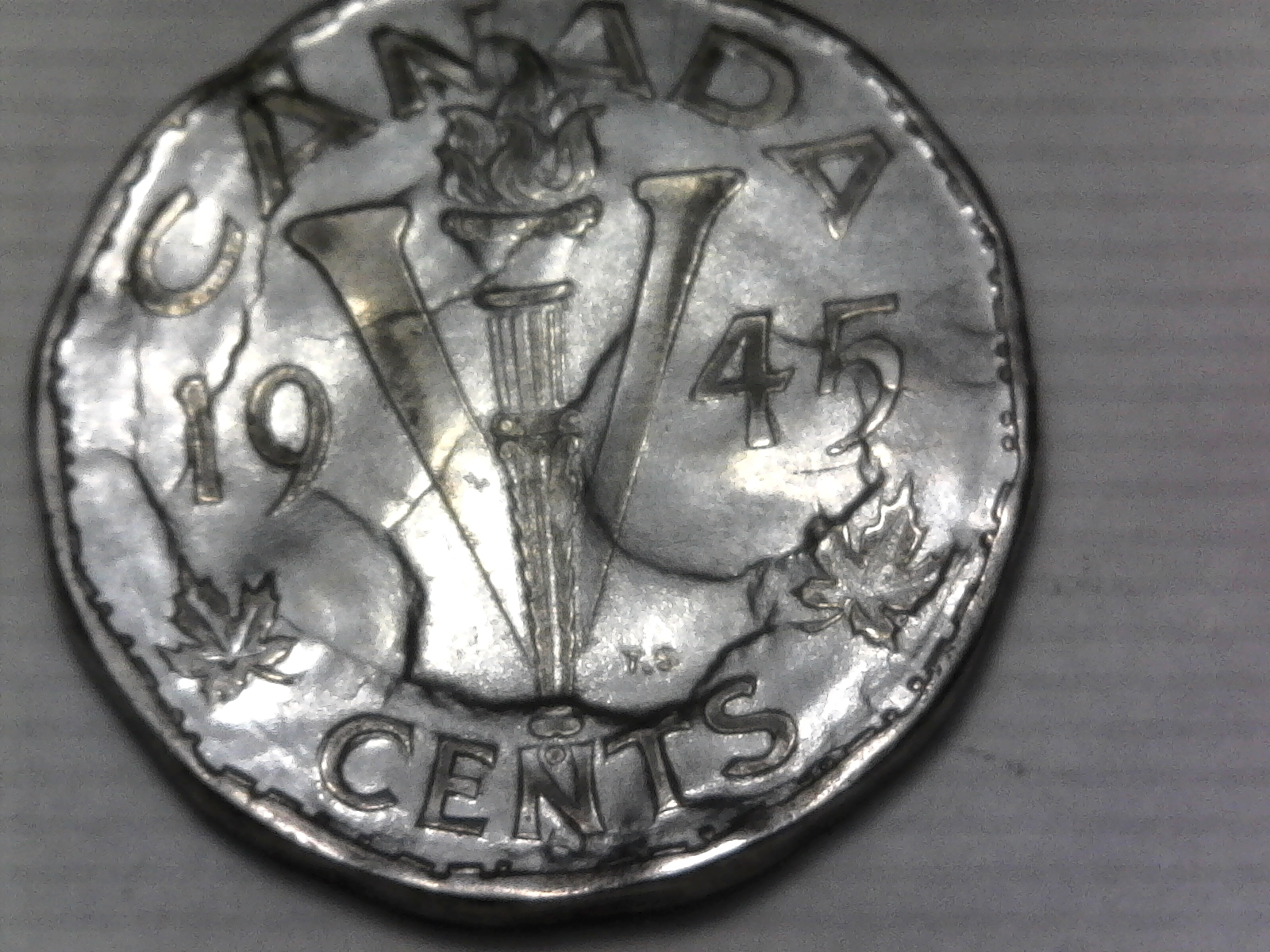
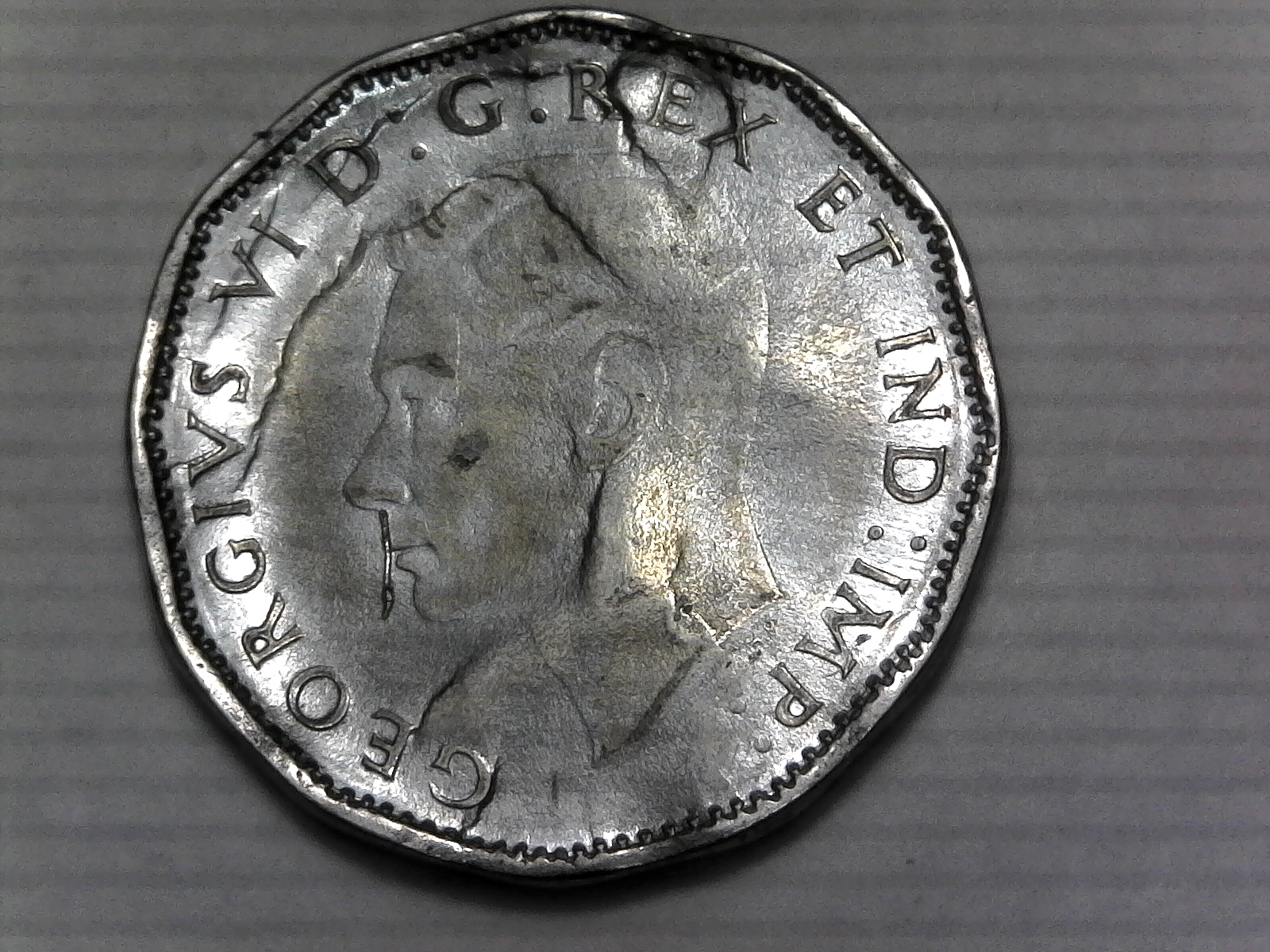
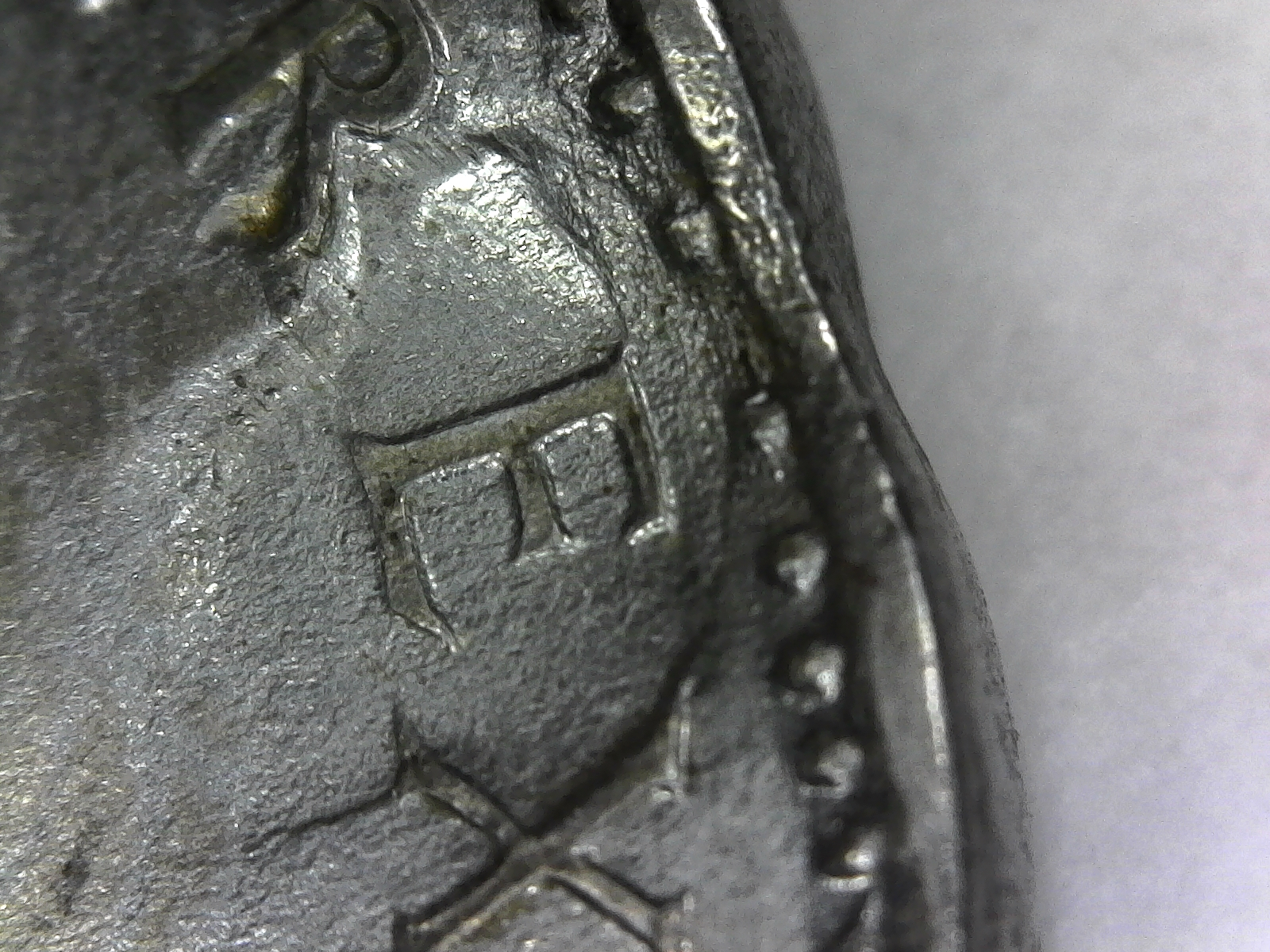
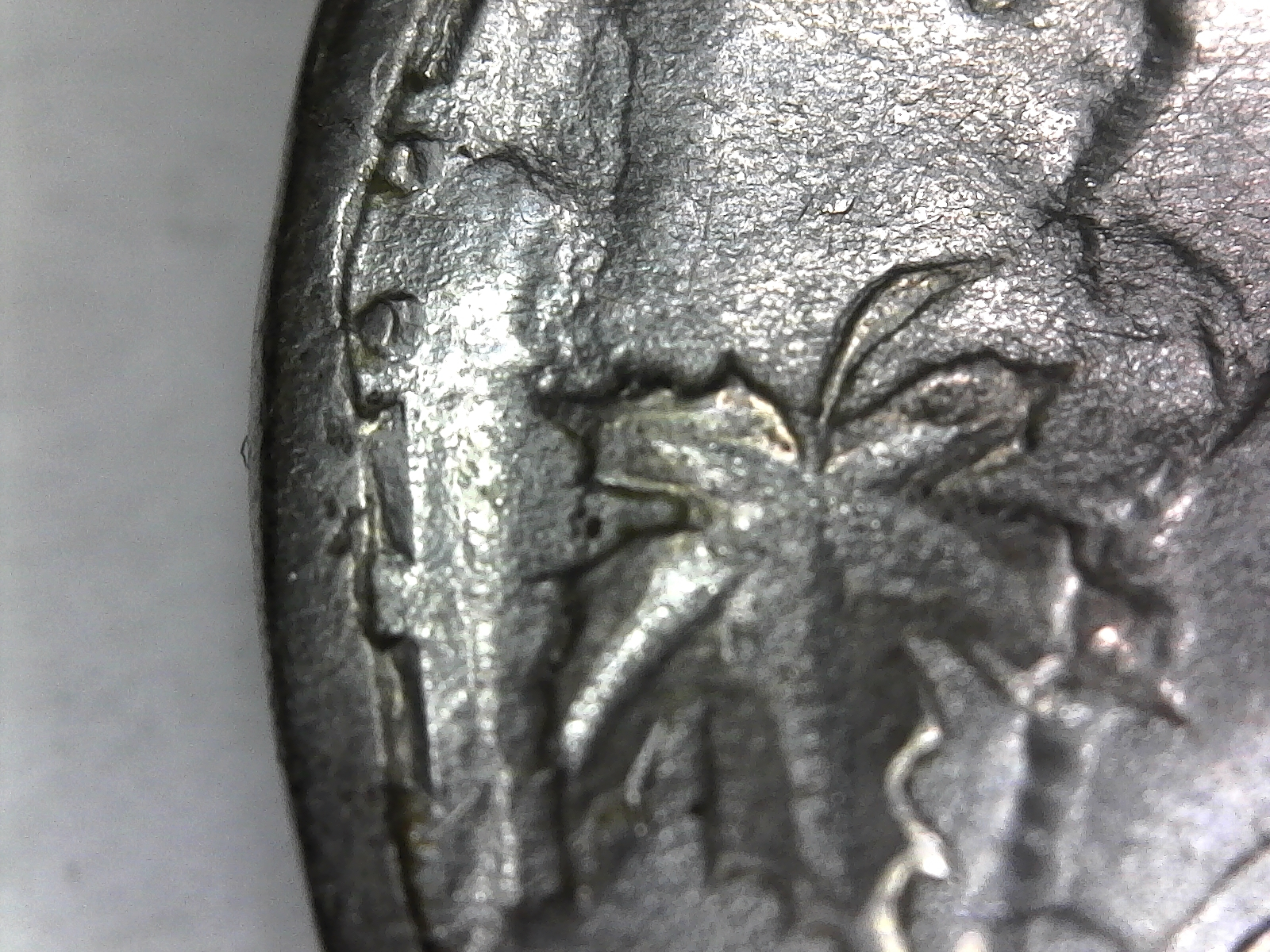
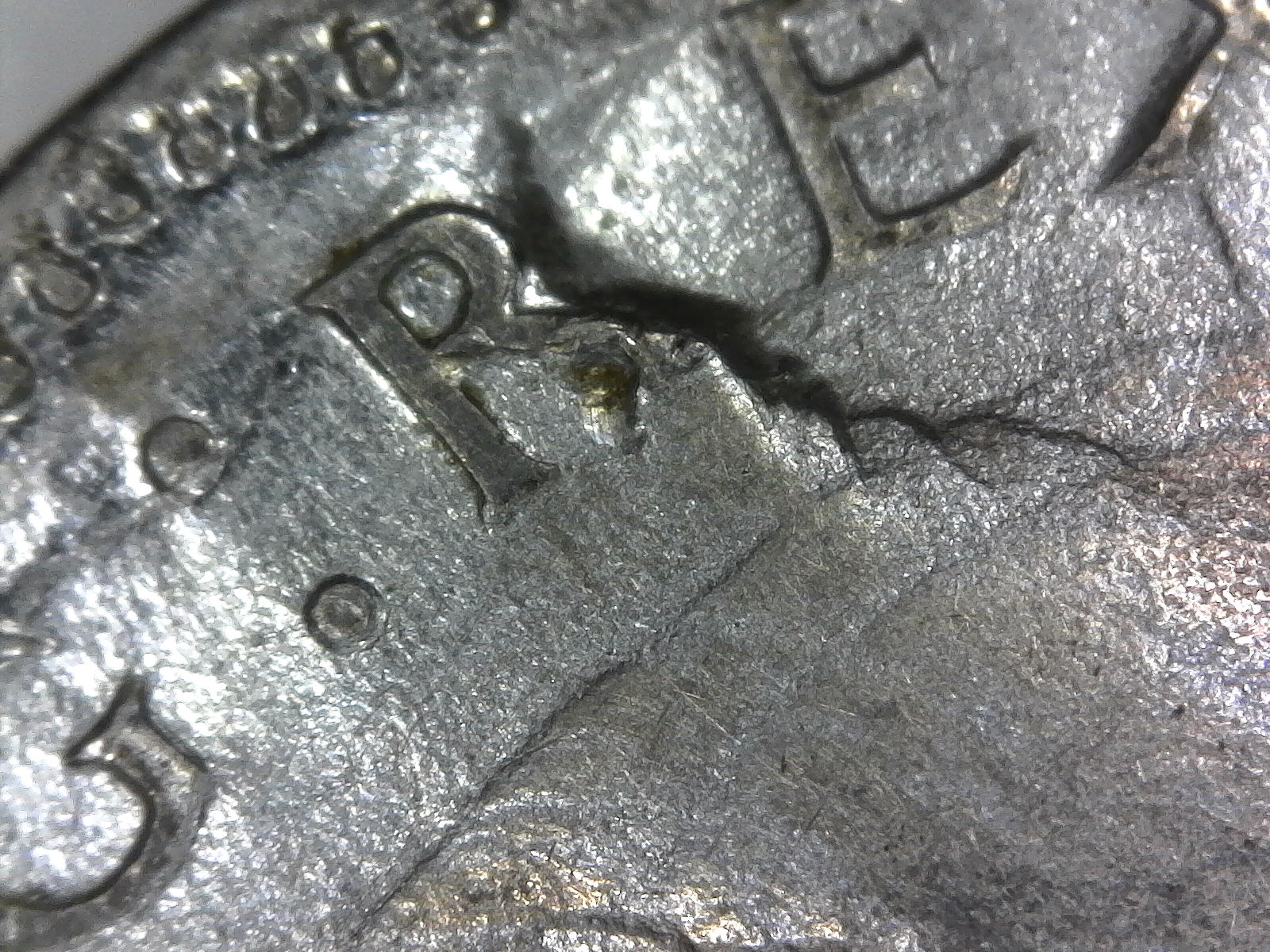
0
Comments
OK no one want to answer. I guest it a clear message that it badly damage and that I should have think twice before posting this coin. Can at least someone tell me that am way out in the field....
Probably was in a fire.
Messed up coin. Not sure how, but I can't offhand think of how it could happen at the mint.
Not from mint. It's a plated coin and something got between the layers and produced bubbles and then cracking. Could have been caused initially by heat or something else.
There are so much unbalivable mint error happening on coins. Just think of mint struck error, tripple struck, rolled thin planchet, reverse indented planchet, full brockage, brockage reverse, struck on feeder finger, matted pair and so on. I scetical that this Nickel has seen heat or firer. Perhap the photos I posted was clear enough. It a very nice eye appel coin with no trace of heat or crack.
Allthough, you have seen and work with production and I tank you very much for your comment. Let me add nicer photos to it for you to look at.
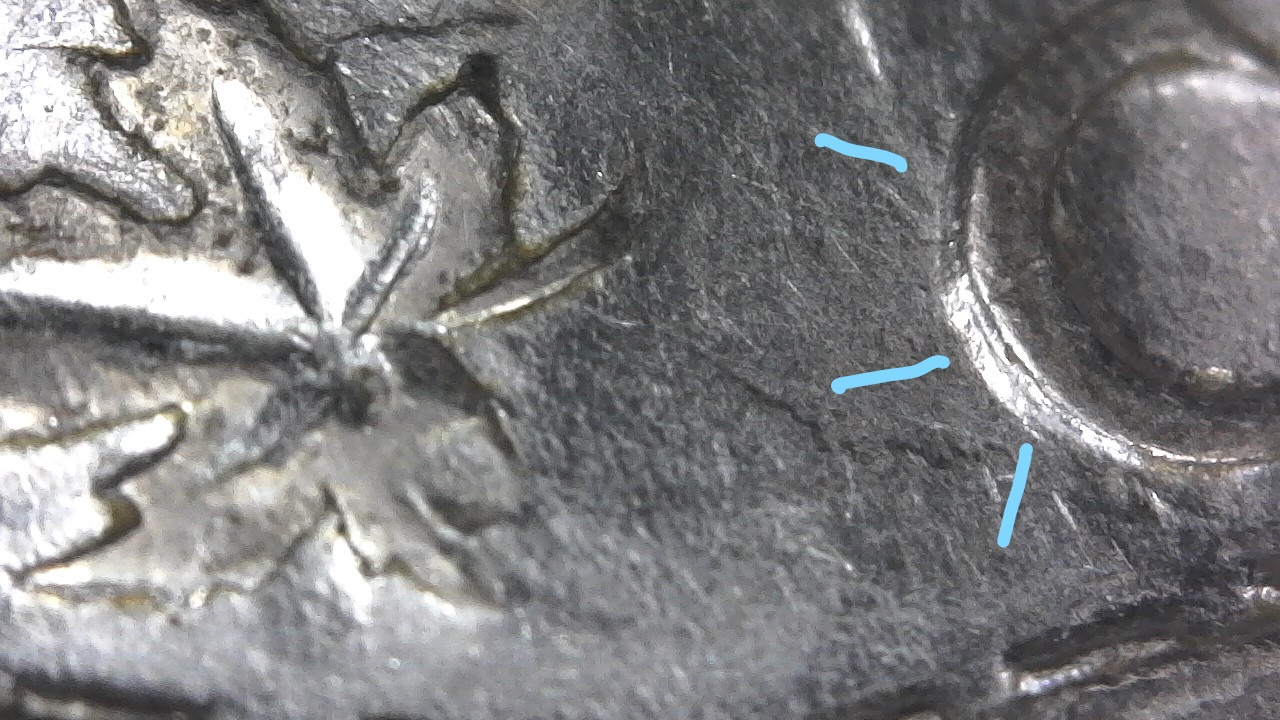
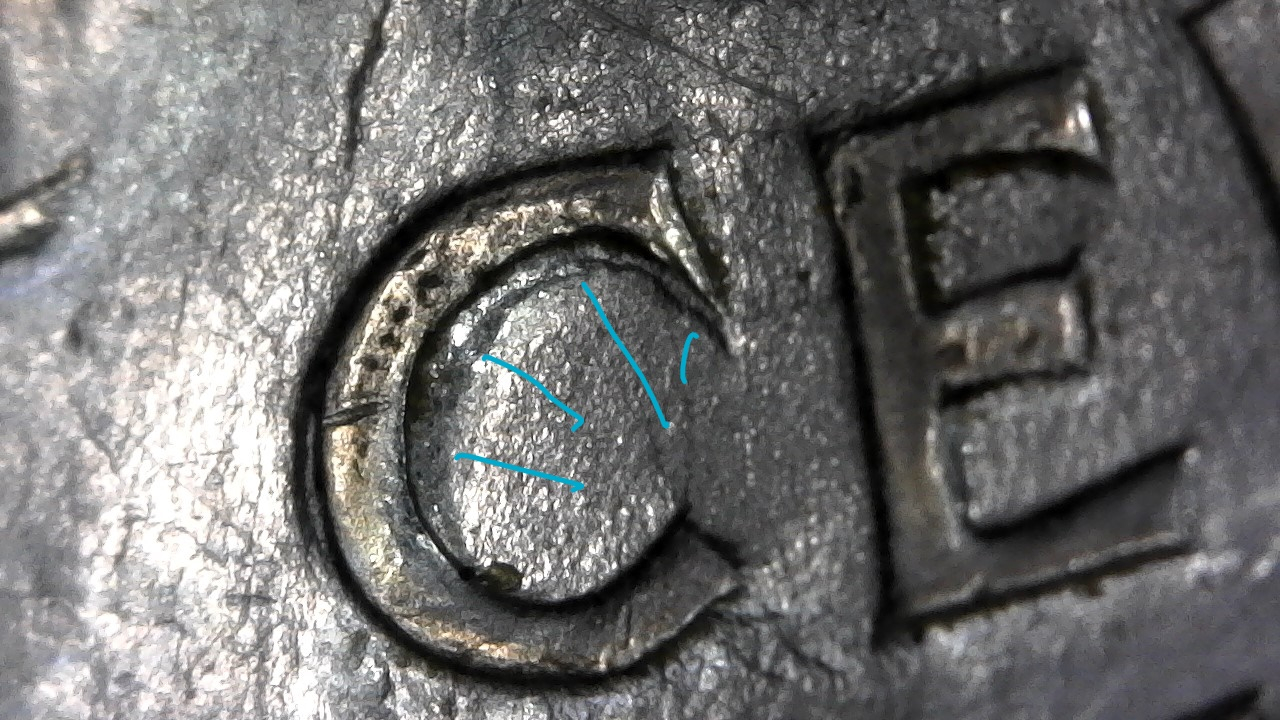
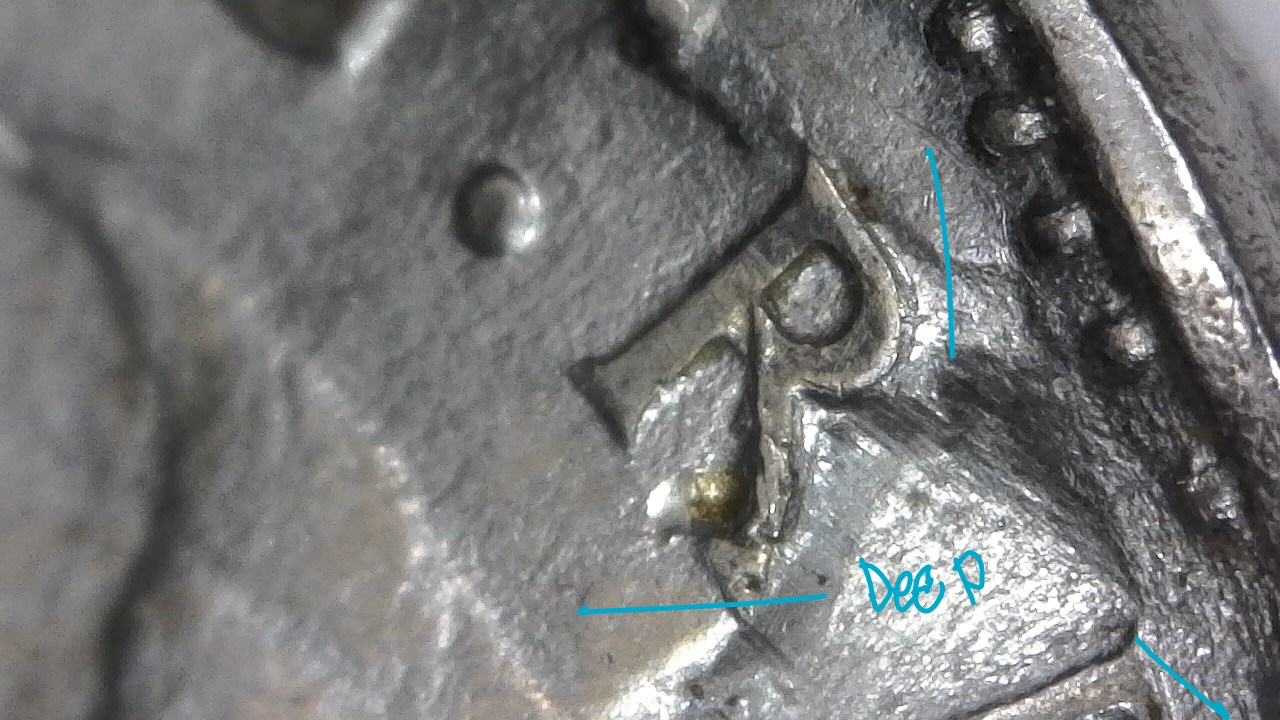
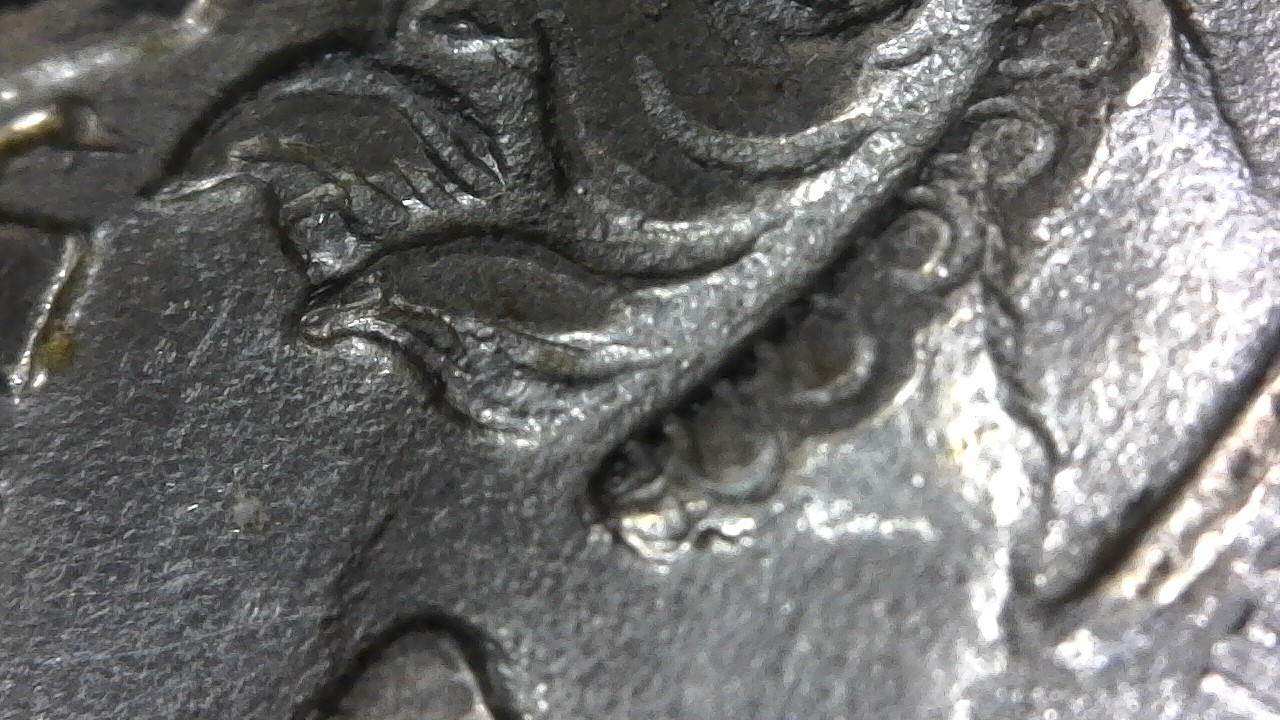
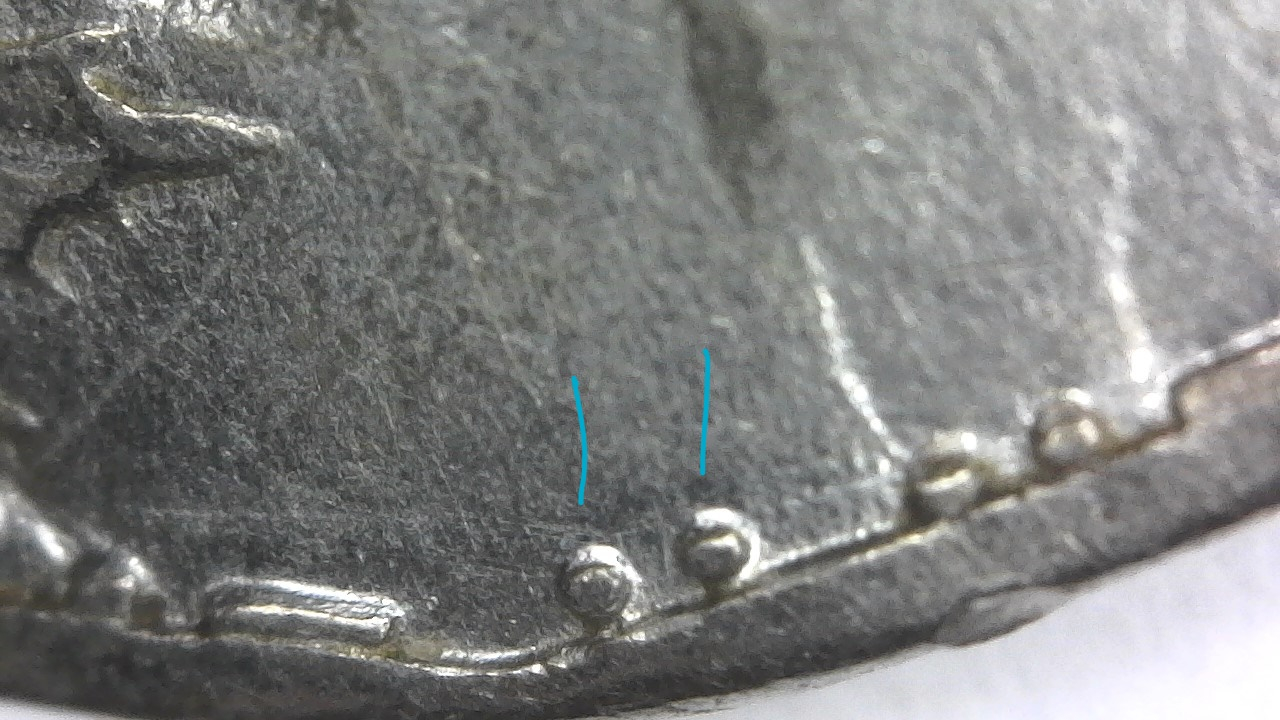
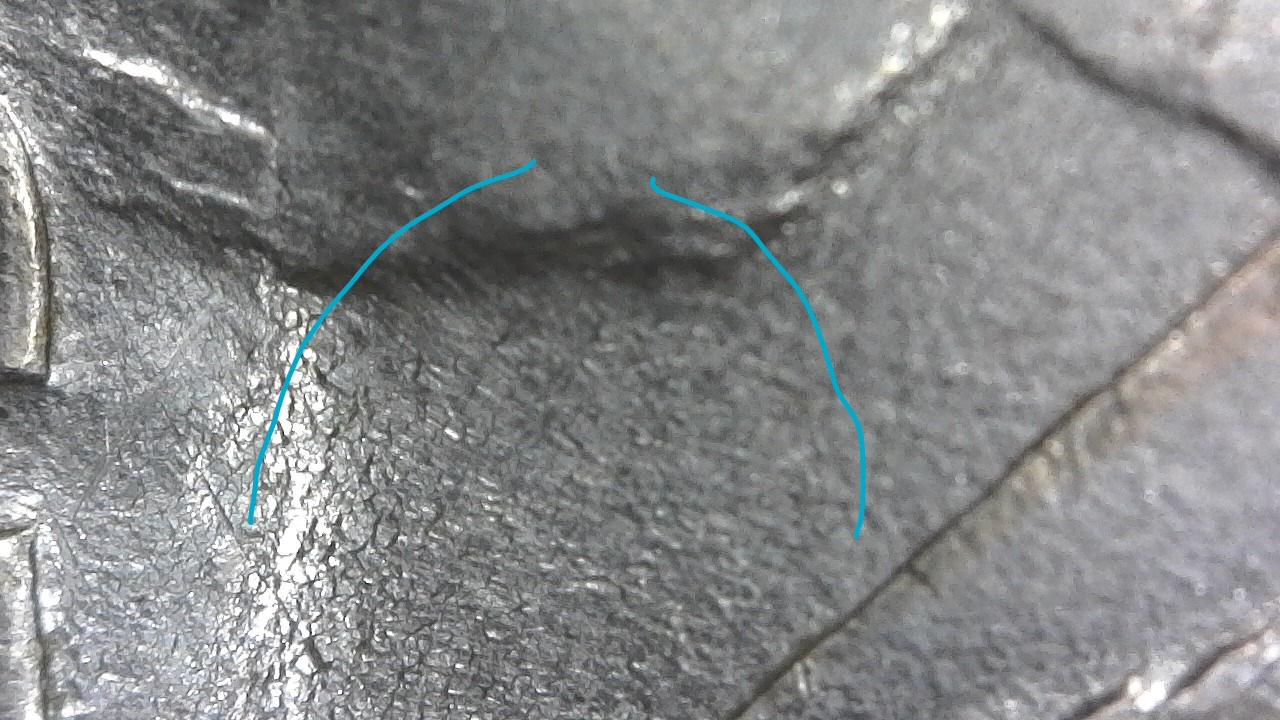
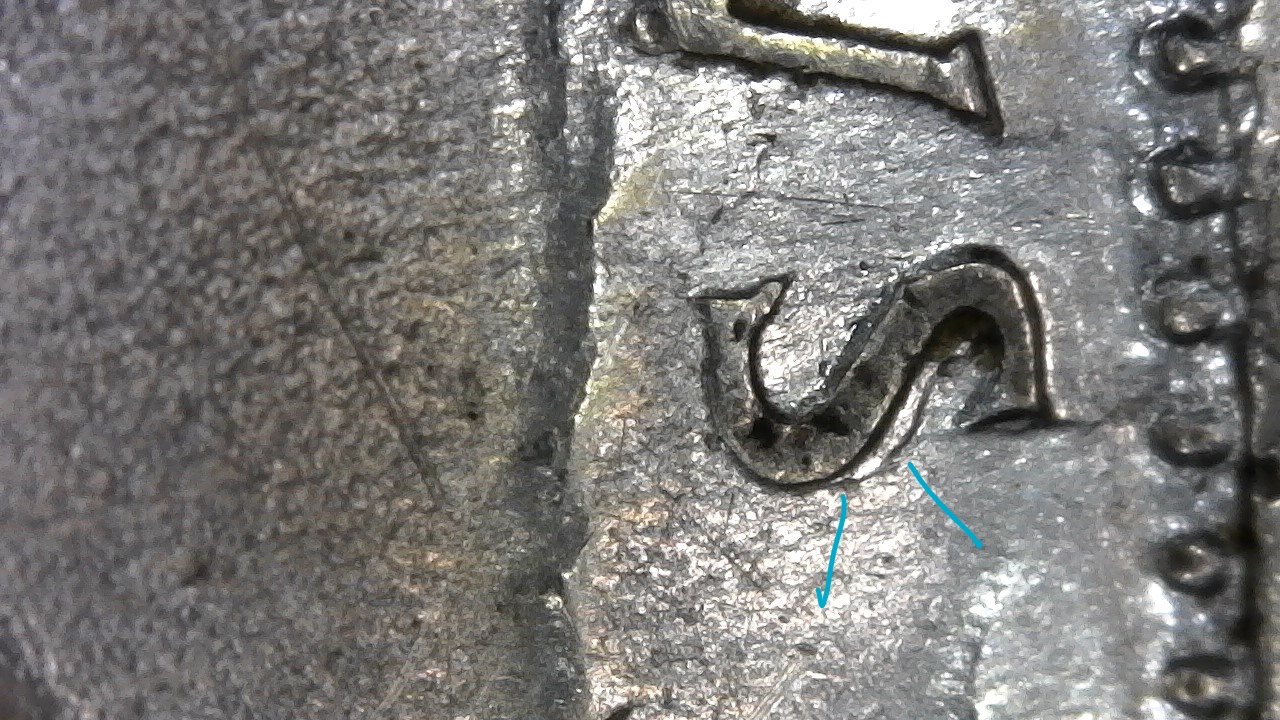

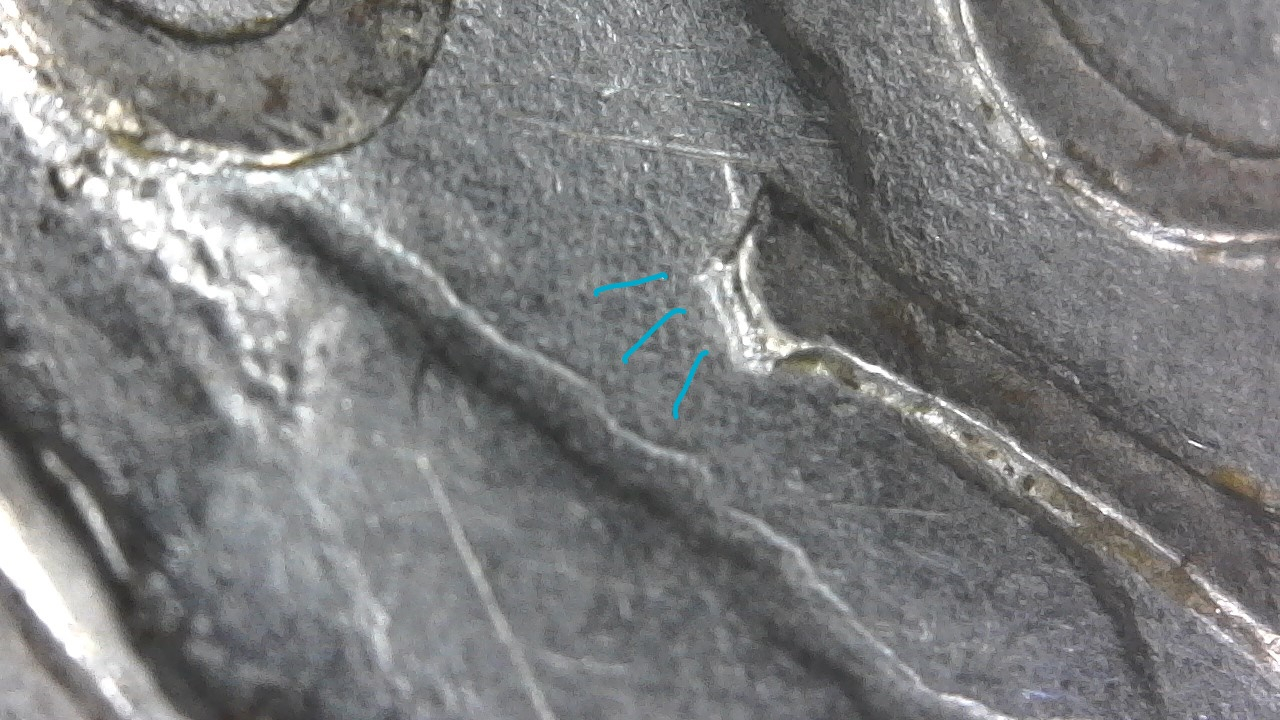
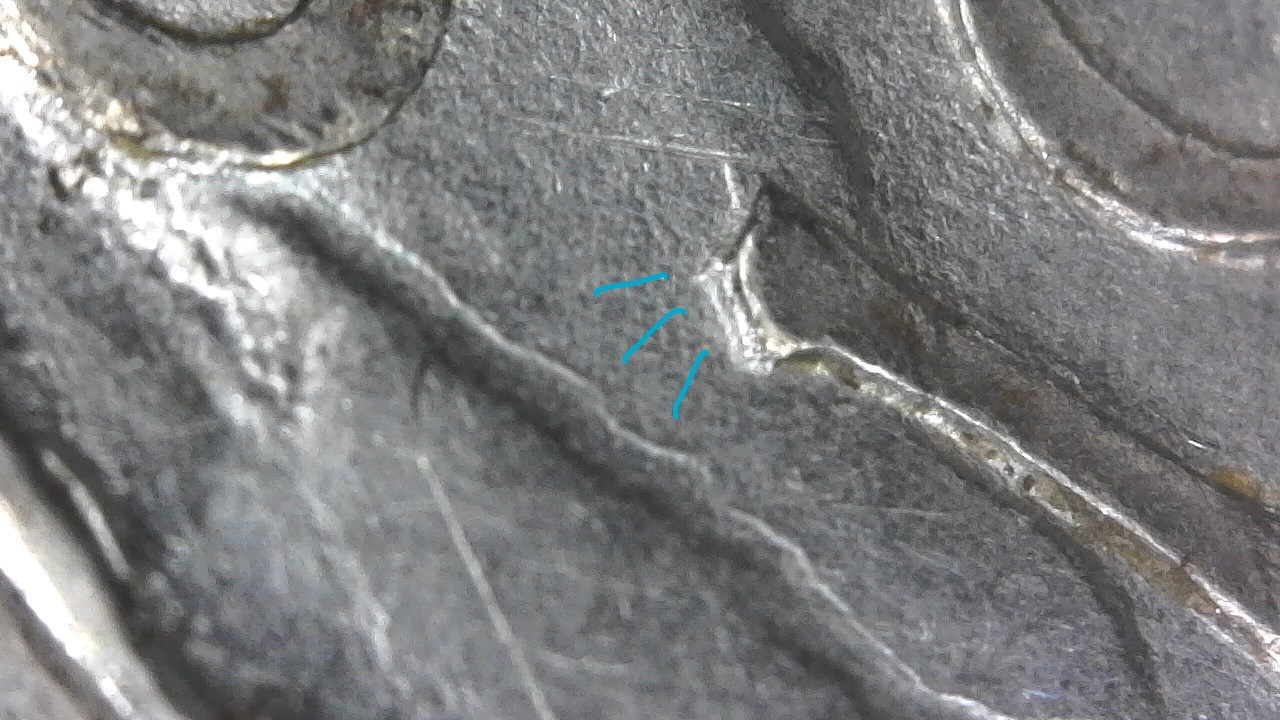
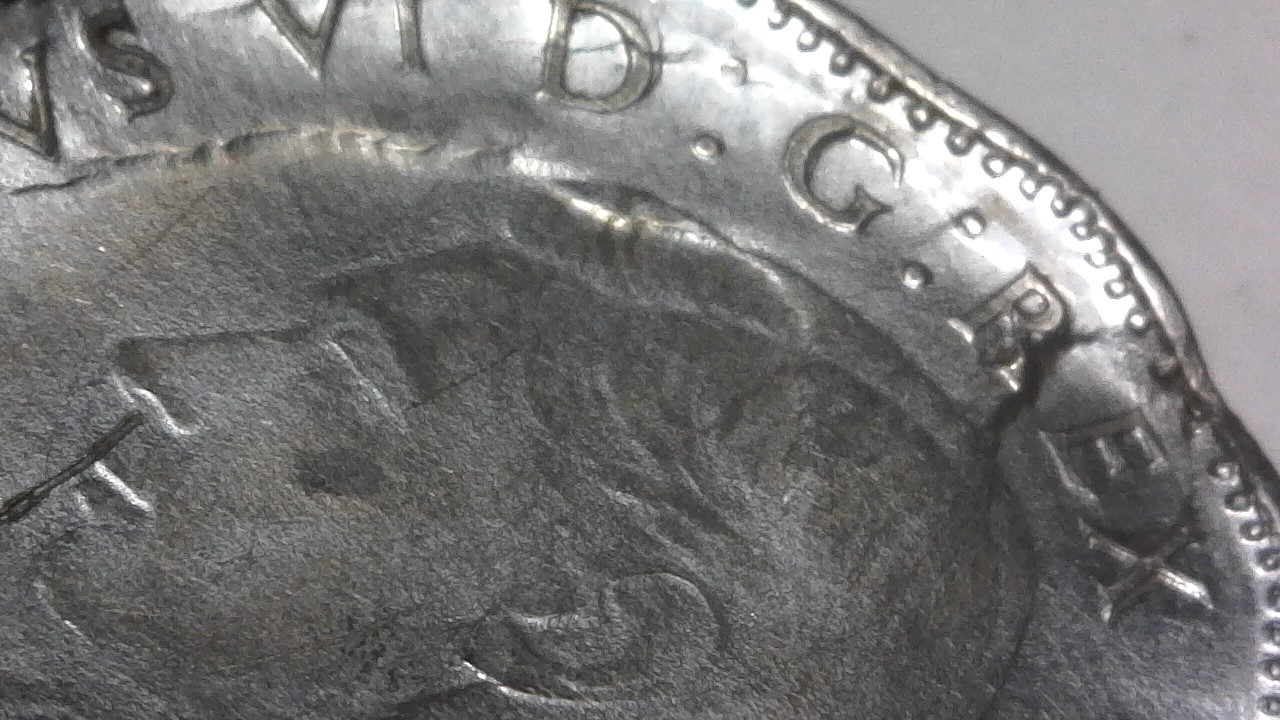
Best Regard.
Sorry, but it's not a mint error.
Coins are made in a certain process. That process can fail in a finite number of ways. You can get all sorts of mint errors from failures at any stage of that process, or perhaps (in rare instances) failures at multiple stages of that process.
If you (or anyone else) comes onto an internet forum with a weird-looking coin, it is not up to us to prove to you that it is not a mint error, because it is logically impossible to prove a negative. We must first hypothesize that it is not a mint error. It is then up to you, and the rest of us, to try to explain how a specific failure in the minting process could make a coin look like this.
For myself, there is no failure of the process, or combination of failures, that I can imagine which could possibly cause a coin to come out of the mint looking like this. Therefore this coin has been damaged "post-mint". My first instinct was the same as Elmhurst, that it is fire-damage. I'll admit I don't actually know what a chrome-plated steel coin will look like after going through a fire, but I can imagine it might look something like this, all cracked and warped due to the heat affecting the different layers of the coin differently.
My next option is a blowtorch. Blowtorched coins tend to have a half-melted look to them, with "flow lines" radiating outwards from the point the torch was aimed at, which we're kind-of seeing on the obverse here, but (again) I don't know what happens if you blowtorch a chrome-plated coin. Chromium is very temperature resistant; it won't melt in a normal house-fire and and won't easily melt under a blowtorch, whereas the underlying steel will.
Roman emperor Marcus Aurelius, "Meditations"
Apparently I have been awarded the DPOTD twice.
I sincerely what to give you a hand shake to have provide me with an excellent vue, the details on my coin. Also, the possibility of faillure at the mint, any tages and multiple stage., Therefore I do agree with all of you that it is post-Mint damage.